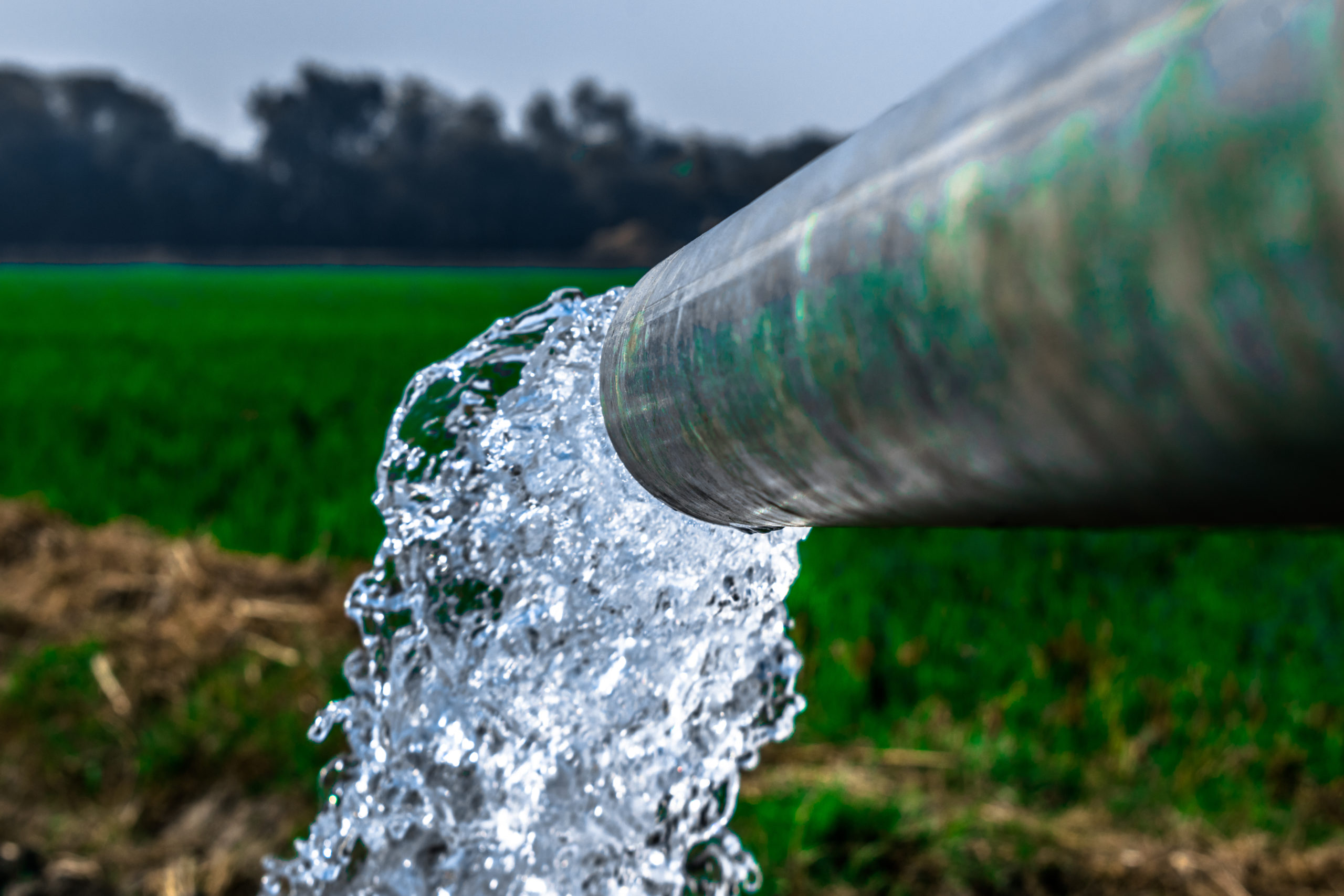Strategic Approaches to Enhance Waste Water Therapy Effectiveness and Lessen Ecological Effect
In the realm of waste water treatment, the pursuit for boosted performance and minimized environmental effect is a perpetual challenge that requires critical remedies. The assimilation of innovative treatment technologies, energy-efficient procedures, resource recovery strategies, improved nutrient elimination methods, and clever tracking and control systems represents a diverse structure for addressing these pushing concerns.
Advanced Therapy Technologies
Sophisticated membrane purification systems have changed sophisticated wastewater therapy processes, dramatically improving the elimination of pollutants. These ingenious systems work forcibly water with a semi-permeable membrane layer, efficiently dividing pollutants from the water stream. The membrane layer's microscopic pores catch pollutants such as germs, infections, and suspended solids, enabling just purified water to go through. This technology has actually confirmed to be highly effective in getting rid of a variety of pollutants, consisting of drugs, hefty steels, and natural substances, which are commonly testing to remove via typical treatment techniques.
Furthermore, membrane layer filtering systems provide numerous advantages over standard therapy strategies. They call for less room, generate higher-quality effluent, and are a lot more resistant to changes in influent water quality. Furthermore, these systems are highly versatile and can be easily integrated right into existing therapy plants or utilized as standalone units for decentralized applications. As the need for tidy water continues to rise, the fostering of innovative membrane layer filtering innovations is vital to guarantee sustainable and effective wastewater treatment techniques.
Energy-Efficient Processes
The assimilation of energy-efficient processes in wastewater treatment systems is crucial for maximizing resource use and decreasing operational prices. By executing energy-efficient modern technologies, treatment plants can dramatically reduce their carbon footprint and total environmental effect. One key technique to enhancing power efficiency in wastewater therapy is the utilization of sophisticated oygenation systems, such as fine bubble diffusers or surface area aerators, which can boost oxygen transfer efficiency and lower energy usage. Furthermore, including energy healing systems, like anaerobic food digestion for biogas production or utilizing excess warm for thermal procedures, can help counter power requirements and promote sustainability.
Moreover, enhancing procedure control and automation through making use of sophisticated sensors and checking systems can boost general power efficiency by adjusting procedures in real-time based upon actual demand and problems. Executing energy audits and consistently checking power efficiency signs are necessary techniques to determine locations for renovation and track energy-saving initiatives effectively. Generally, the fostering of energy-efficient processes in wastewater therapy not only profits the setting but likewise contributes to long-term cost financial savings and functional sustainability.
Source Recuperation Methods
With a concentrate on optimizing source use and sustainability in wastewater therapy systems, the execution of resource recovery approaches emerges as a crucial aspect in improving operational performance. Resource healing approaches in wastewater treatment entail the identification and extraction of useful resources from the waste stream, therefore turning what was as soon as taken into consideration waste right into a useful asset. By applying resource recuperation methods such as nutrient removal and recuperation, energy generation from organic matter, and the manufacturing of multiple-use water, wastewater treatment plants can lessen environmental influence while making the most of performance.

Improved Nutrient Removal Techniques
Implementing innovative nutrient removal techniques is important for enhancing the performance of wastewater therapy systems. Enhanced nutrient removal plays an essential duty in minimizing the ecological effect of treated effluent released into water bodies. Among the crucial methods used for boosted nutrient removal is the procedure of biological nutrient elimination (BNR), which entails the removal of nitrogen and phosphorus via organic processes. This can be attained via making use of specialized microorganisms that can transform nitrogen compounds right into inert nitrogen gas with denitrification, and gather phosphorus within their cells with a procedure called enhanced organic phosphorus removal (EBPR)

In enhancement to BNR, progressed treatment methods such as membrane bioreactors (MBRs) and created wetlands can also be utilized to boost nutrient removal effectiveness. MBRs make use of membrane layers to achieve top quality effluent standards by successfully getting rid of nutrients and put on hold solids. Constructed wetlands simulate natural wetland procedures to get rid of nutrients through plant uptake, microbial activity, and sedimentation. By incorporating these innovative nutrient removal techniques into wastewater treatment municipalities, systems and Going Here markets can effectively reduce nutrient pollution and protect the atmosphere.
Smart Tracking and Control Solution
Utilizing sophisticated modern technology, the combination of wise tracking and control systems transforms the operational performance of wastewater treatment centers. These systems incorporate advanced sensing units and information analytics to constantly keep an eye on essential criteria such as pH levels, turbidity, liquified oxygen, and circulation rates in real-time. By collecting and assessing this information, operators can get important understandings into the efficiency of the treatment procedures, enabling aggressive modifications to maximize treatment performance.
Smart tracking and control systems likewise support remote tracking capabilities, enabling drivers to gain access to real-time data and control features from off-site places. This remote accessibility improves functional flexibility and responsiveness, allowing swift treatments in case of system malfunctions or variations in influent continue reading this quality. In addition, the anticipating maintenance abilities of these systems aid avoid devices failings and decrease downtime, ultimately enhancing the total reliability of wastewater treatment procedures (Waste Water Treatment).
Verdict
Finally, calculated strategies such as advanced treatment innovations, energy-efficient procedures, resource healing methods, boosted nutrient elimination strategies, and smart monitoring and control systems play a vital duty in boosting wastewater therapy performance and minimizing environmental influence. By implementing these techniques, wastewater treatment plants can improve their overall efficiency, lower power intake, recoup beneficial sources, and make certain conformity with ecological guidelines. These methods are necessary for lasting and effective wastewater administration practices.

In final thought, calculated methods such as innovative treatment modern technologies, energy-efficient processes, source recuperation techniques, boosted nutrient removal methods, and smart surveillance and control systems play a crucial function in boosting wastewater therapy efficiency and lessening ecological influence.